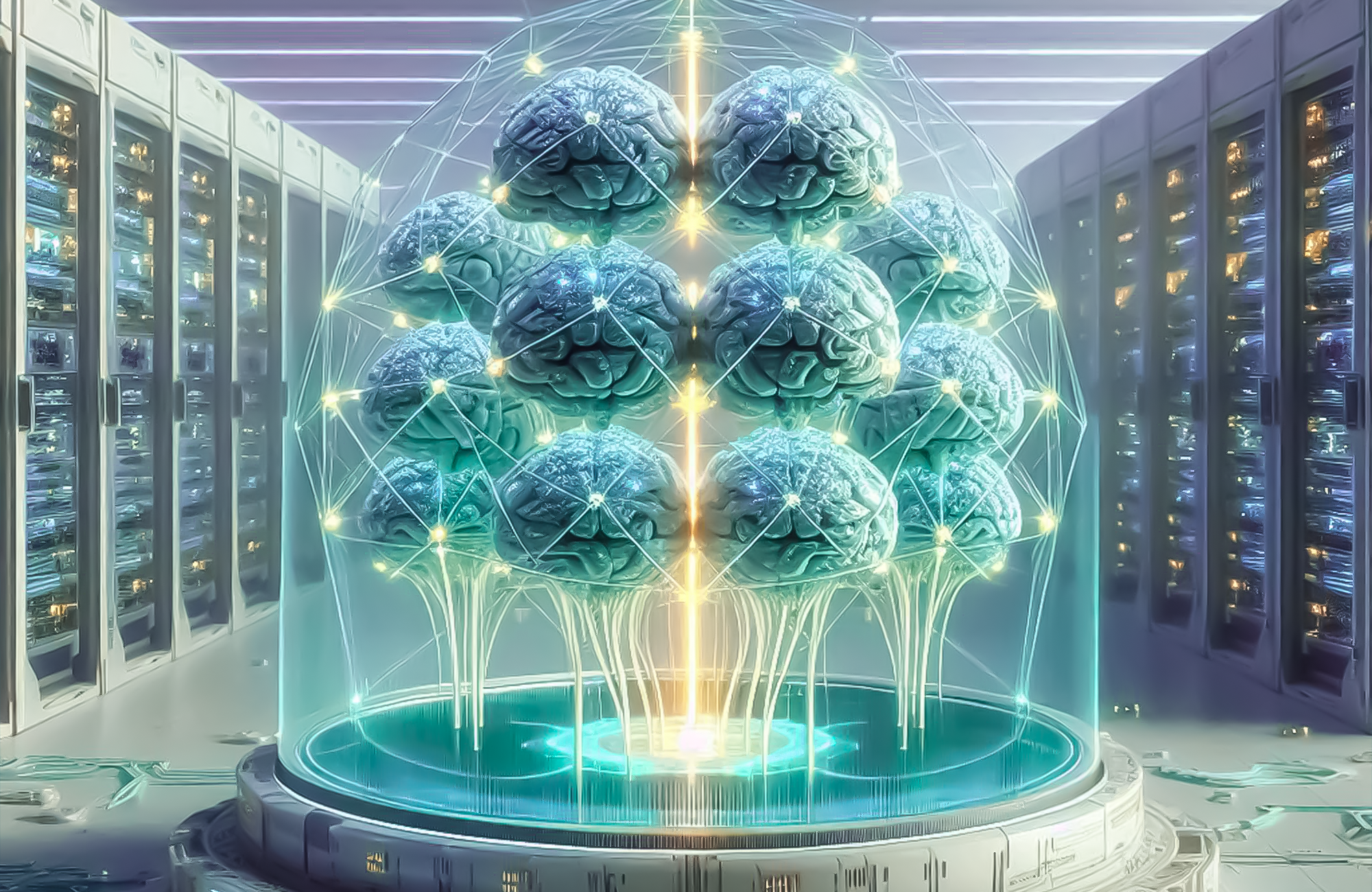Living Computer Built from 16 Human Brain
FinalSpark has created the first living computer using lab-grown brain cells that communicate with one another. The innovation, as invented, opens a set of new questions regarding the future of artificial intelligence and human-machine integration.
Living Computers and New Frontier
The incredible innovation that further blurs the divide between biology and technology has been realized at a time when the fear of AI one day surpassing human intelligence is brewing. Tech company FinalSpark has developed the first living computer with human brain cells. This is a contraption that includes 16 organoids, or lab-grown clusters of brain cells talking to one another and coordinating as a single system to realize quite complicated mathematical calculations. This new living computer brings with it all sorts of new possibilities for computing and AI, hence a new future in human-machine interaction.
Science Behind the Living Computer
What Are Organoids? Organoids are small and simplified versions of organs, self-organized in vitro from stem cells. So, in the case of a living computer, these would be organoids made of brain cells and replicate the structure and functionality of a human brain, only at an extremely miniature scale.
How It Works: A living computer at the core of FinalSpark embeds a set of 16 organoids, each one playing turn by turn the role of a biological processor. Similar to neurons in the human brain, organoids communicate electrical and chemical signals with one another. Thus, it computes—the first living computer to do anything similar to what long-conventional silicon-based computers have done.
The Potential of BioComputing: This could be how combining living cells with computing devices would result in totally new dimensions in processing power and adaptability. Theoretically, biological computers could learn and evolve in ways that no traditional computer is capable of doing, opening new avenues for the development of AI and the solution of problems.
AI and Human-Machine Integration Implications
AI vs. Human Intelligence: This very creation of a living computer negates the very fact that AI will ever be positioned in superiority over human intelligence. In harnessing the energy potential of human brain cells, FinalSpark created a device quite literally drawing both worlds together: biological adaptability and computational efficiency.
There are some serious ethical considerations involved with using human brain cells in computing. What are the rights of a living computer? Might it produce consciousness or self-awareness? These are issues that society shall have to grapple with as biological computing technology advances.
Future of Work: The perfection that has been attained in technological evolution so far—and is still increasing—holds serious potential for the revolution of industries that are based on complex decision-making and problem-solving with new forms of collaboration between people and machines, an outcome that might result in the creation of completely new job sectors.

Challenges and Future Prospects
Technical Barriers: The living computer was a big milestone; yet, there are still a lot of challenging technical hurdles that need to be crossed. Scaling of the technology, and the longevity with stability of the organoids, are tasks that remain to be done. Integration of biological computing with digital infrastructure remains a task for the future.
Regulation and Oversight: Any technology that holds the potential to change the way humanity understands and functions needs to be monitored carefully for regulation, in particular the living computers being developed. Ensuring its ethical applications and trying to prevent its potential misuse will become the charge of governments and international authorities in developing guidelines.
The Road Ahead: FinalSpark is just a stepping stone in the living computer. Further research will push and push until more and more sophisticated devices for biological computation have been developed, probably leading to hybrid systems that merge the biological and the artificial in new ways.
Conclusion
Thus, the use of human brain cells in this manner to create this world’s first living computer really does mark a new frontier in computing. It is, in fact, a discovery that is groundbreaking, shockingly interesting to our common-sense belief in AI and human intelligence, and opening new vistas toward our future technology. Our path to unlocking such potential of biological computing, therefore, should be aware of the ethics and challenges associated with it. The potential for changing our world that is resident in this blending of biology and technology is almost beyond our ability to imagine today.
Now, get ready for even more mind-blowing technological advancement!

Technology is a useful servant but a
dangerous master.
— Christian Lous Lange

Ready to plug into your own
brain-powered computer? 🧠💻
Share your thoughts in the comments below!




